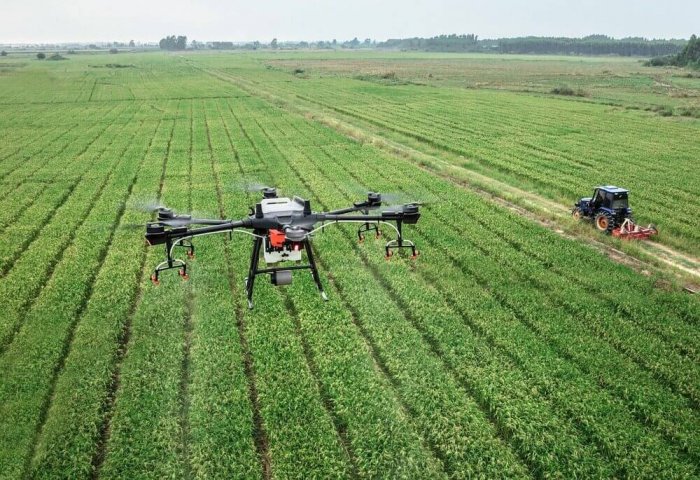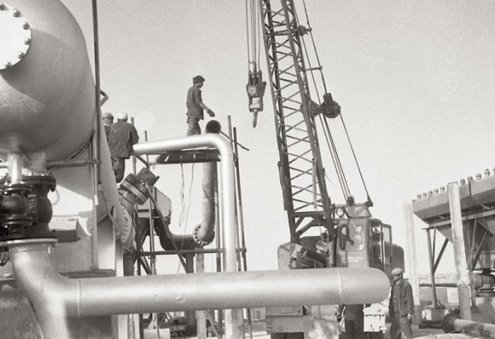Modernizing agriculture and increasing its productivity are among the main tasks that all countries focus on. While achieving these goals, efforts are made to ensure the sustainability of its efficiency and the environment. In other words, it is aimed both to increase productivity and to prevent ecological damages to ensure sustainability of agriculture. The use of technology is important here. The drive towards greater sustainability in agriculture happens in parallel with a drive towards greater efficiency and productivity. In this sense, precision Ag-Tech will become one of the key drivers of innovation, be it in the use of automation, drones or increased understanding through real time sensor data.
Agriculture as an industry is currently facing significant challenges in the form of a growing skills gap. The use of artificial intelligence and automation has the potential to close this gap, allowing farmers to focus on more important tasks and land management. Agriculture is a mode of production that can create millions of data in its own world at any time. The most important feature of such data is instantaneous and specific to the area, department and system. It provides great benefits in collecting data in agricultural technology, crop production and animal production and in determining the issues that may occur in the production chain in the long term in the relevant field.
Digitizing agriculture helps eliminate inefficient methods, reduce waste and increase productivity. Farming is a complex environment made up of inputs and outputs, and new technologies allow to clearly monitor every part of the agricultural process. Precision agricultural technologies that leverage Artificial Intelligence can play an important role in reducing the pressure on essential resources, especially when it comes to water usage. By monitoring conditions such as soil moisture, farmers can reduce wasteful water consumption by up to 30%. The precision farming will be equally important to preventing the overuse of fertilizers. This can be done by pairing new types of fertilisers, particularly those with controlled-release cycles, with data science.
Another way to increase productivity in agriculture is by bridging the gap between small and large agricultural enterprises. For example, it is a difficult for a farmer planting wheat on 100 decares of land to compete with a farmer planting wheat on 1,000 decares of land. Huge agricultural activities are carried out in vast areas in the US, which is one of the countries with the highest agricultural productivity. So, for example, the U.S. farmer produces wheat about 30% cheaper than in countries with a large amount of small-scale agricultural activity. This scale issue is the same in all kinds of agricultural products and, of course, in animal husbandry. The driving force behind tackling sustainability promises profound benefits and results for the entire industry by increasing productivity and preserving the importance of smaller independent farmers in the near future.
Modernization and use of new technologies in agriculture and animal husbandry have been increasing in Turkmenistan for years. Especially the investments in the field of greenhouse cultivation in Turkmenistan are an indicator of this progress. The election program of the President-elect of Turkmenistan Serdar Berdimuhamedov includes tasks for the reforms in the agro-industrial complex and the attraction of the private sector to these reforms. This shows that the innovative development of the agricultural sector will continue in Turkmenistan.
Nurmyrat Mommayev,
PhD Candidate at Marmara University's Department of Political Science and International Relations in Istanbul, Turkey


















